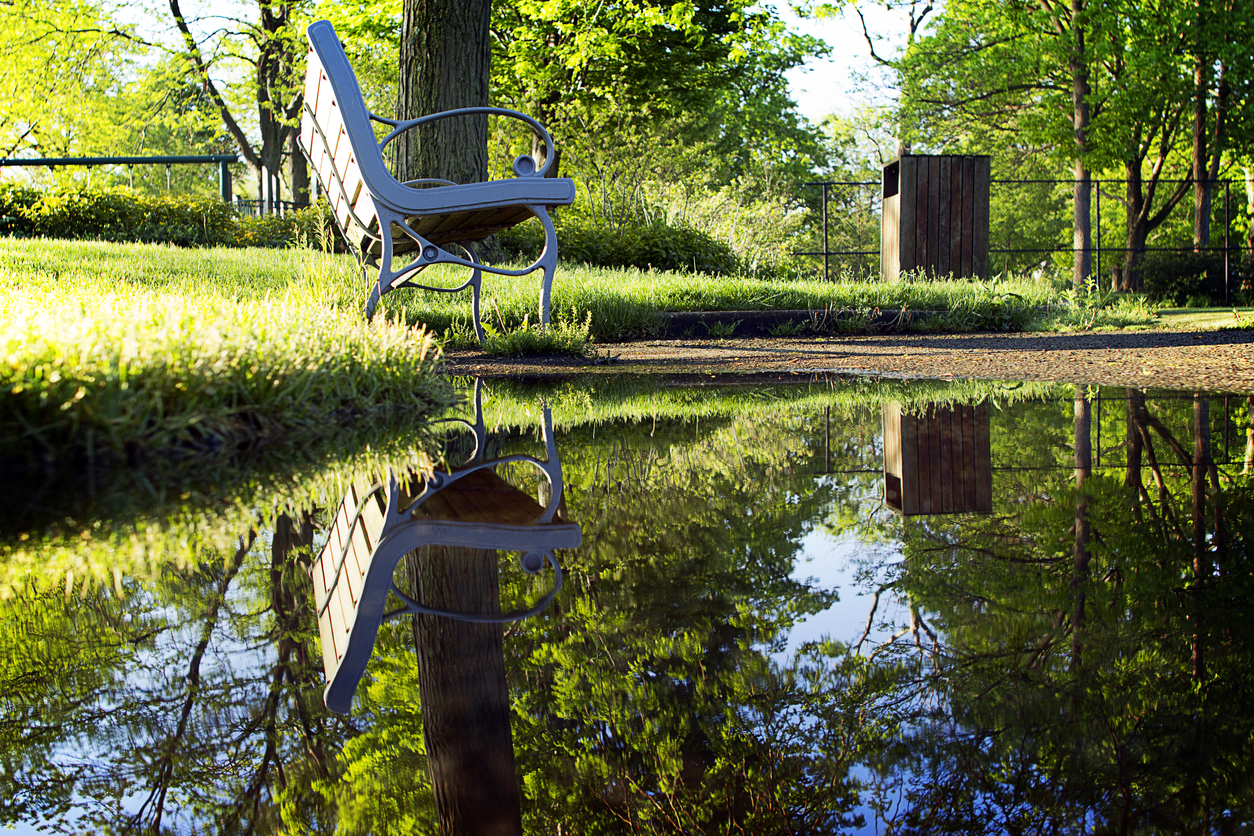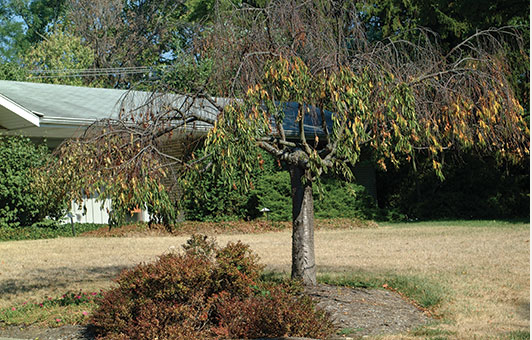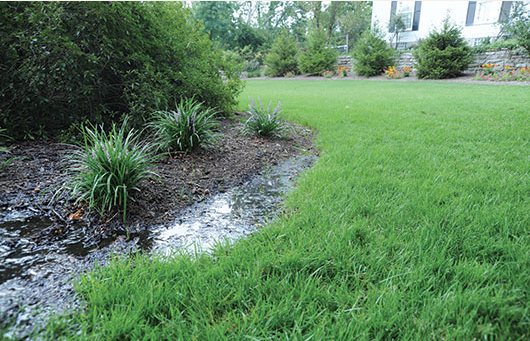
Flood and Drought Woes
June 5, 2020Water is a necessary ingredient for all organic life. Turfgrass requires regular watering to thrive, especially during the warm months. There can be too much of a good thing, however. With extreme weather patterns, turf can receive too much water, and other times, not enough.
As summer intensifies, periods of drought with very little rain are common. The telltale sign of drought stress is brownish grass that becomes brittle. Depressions from footprints may fail to “bounce back” when turf is walked on. A brown, crunchy lawn can certainly be discouraging. The good news is that drought effects typically look worse than they actually are.

When faced with very limited water, turf often goes into dormancy. When grass turns brown and stops growing, it’s a defensive reaction that turf uses to preserve all of its available resources. Once water becomes more available, it will green up quickly. If extremely dry conditions send your lawn into dormancy, remember that this is most often a temporary condition.
On the other end of the spectrum, extended periods of rain can leave turf areas flooded. Heavy rains cut off turf’s access to oxygen which it needs to live. The good news is that if even some of the grass blades are still in contact with air, the turf will have access to oxygen. If turf is totally flooded, the main factor that dictates survival is temperature. Turf that is flooded during cooler weather has a much better chance for survival than lawn areas that are submerged during warmer weather.

Along with damage to the turf plants themselves, wet conditions can increase the likelihood of fungal disease and insects. If a moving waterway, such as a river or stream, was the source of flooding, significant silt may have been deposited. In many cases, this can be raked away once dry, while extreme cases often require reseeding. Whatever the severity, aeration will encourage root growth, and overseeding will thicken up any damaged areas.
Turf areas are bound to experience periods of too much or too little water. While these can seem devastating, turfgrass is a resilient plant. Most of the time, flooding and drought can be addressed, and your turf areas will be thriving before you know it.